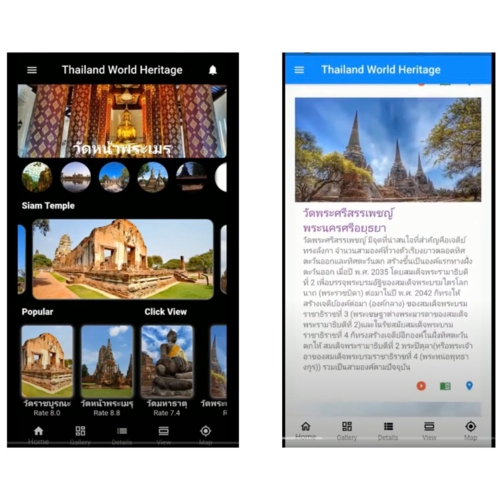Research & Article

Application Development for Learning World Cultural Heritage in Buddhist Context
By Kannikar Khaw-ngern, Phramaha Somboon Vuddhikaro
Published on 22 May 2024
World Heritage, Digital Learning
Location of original sources
The research article consisted of the following objectives: 1) to study the guidelines for developing video clips and application for learning cultural world heritage in a Buddhist context; 2) to develop video clips and application for learning cultural world heritage in a Buddhist context; and 3) to publicize and assess video clips and application for learning cultural world heritage in a Buddhist context. The study used both a research and development technique and a mixed-method research approach. The qualitative data were collected through interviews with 23 key informants from the Ayutthaya, Sukhothai, Si Satchanalai, and Kamphaeng Phet Historical Parks, as well as 5 experts from group discussion. While 400 group samples were used to collect quantitative data.
From the study, the following results have been found: 1) The guidelines for developing video clips and application for learning cultural world heritage in a Buddhist context are based on data preparation and presentation in 4 historical parks comprising 27 sites, using the following learning media presentation: (1) The data preparation and presentation that are concise, clear, and interesting, and (2) The provision of learning media and a learning channel in digital form that is easily accessible at any time and from any location; 2) In order to develop video clips and application for learning cultural world heritage in a Buddhist context, learning media in the form of video clips totaling 27 clips were created, as well as a learning media channel divided into 2 types: YouTube and application; and 3) From publicizing and assessing video clips and application for learning cultural world heritage in a Buddhist context, it has been discovered that (1) video clips have the highest level of overall satisfaction with a mean of 4.46, and (2) applications has the highest level of overall satisfaction with a mean of 4.32.